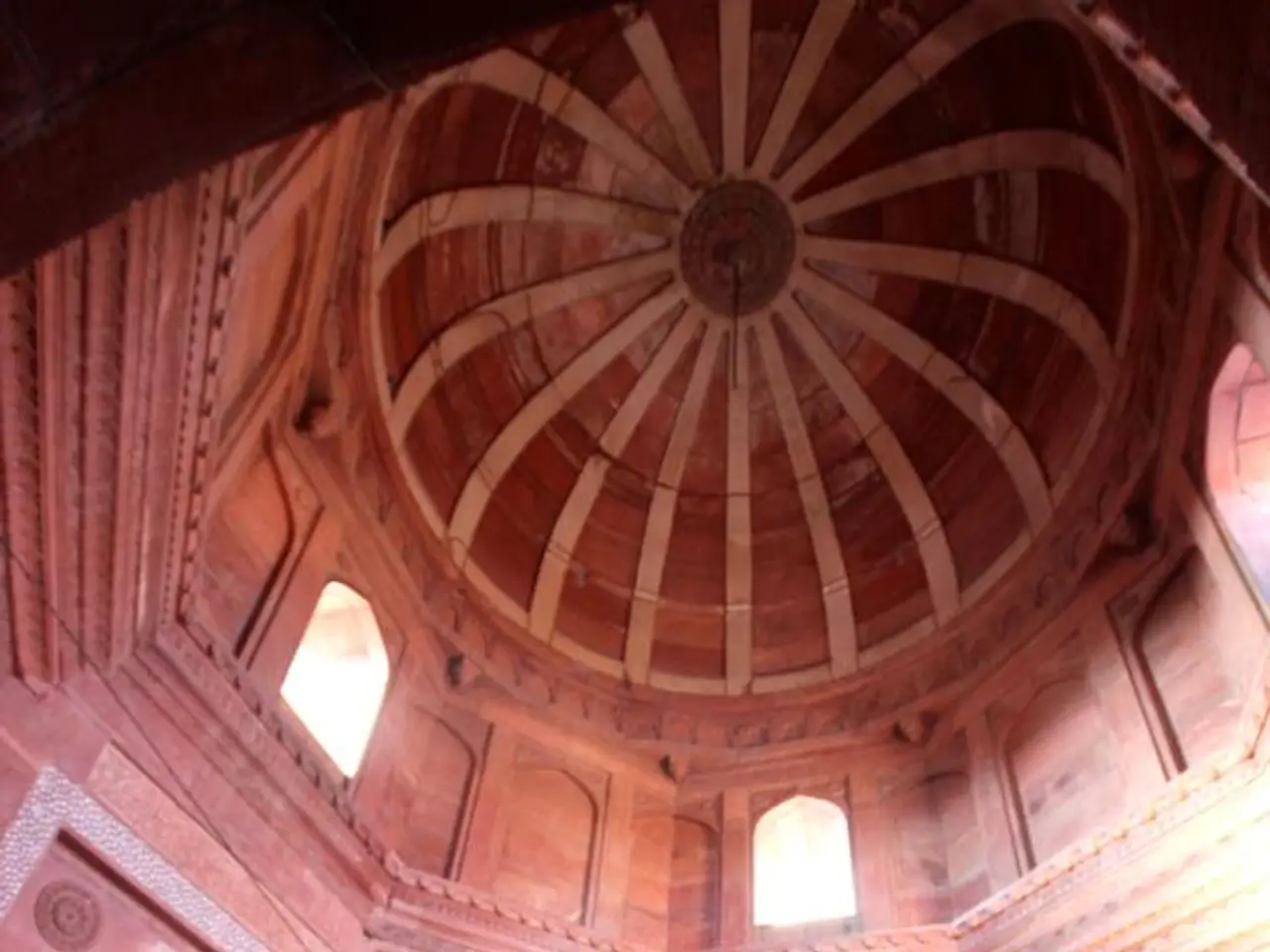Unveiling Design Trends: Leading Patterns and Decorative Components in Interior Design
In the world of interior design, the focus for 2023 is on a blend of natural elements, bold colors, and organic shapes, reflecting a move towards warmth, personality, and connection to nature. Here are the top 10 trends that are shaping living spaces:
1. Bold Colors
Soft blush pinks and corals are replacing whites and greys as favored hues. Jewel tones and sun-washed palettes like sage green, warm sands, and terracotta create mood-setting and optimistic environments.
2. Natural Stone Surfaces
Stone is expanding beyond kitchen counters to coffee tables, backsplashes, sideboards, and wall art. Dramatic veined materials like marble, travertine, and onyx add texture and sophistication.
3. Curves and Organic Shapes
Curved sofas, arched mirrors, rounded rugs, and organic-shaped decor soften spaces and create visual comfort. Even light fixtures and bookshelves are adopting these sculptural forms for a modern, approachable elegance.
4. Biophilic and Nature-Inspired Design
This trend integrates natural light, wood finishes, indoor trees, and earthy materials throughout interiors, promoting calmness, wellness, and connection to the outdoors.
5. Maximalism with Meaning
Layered patterns, rich jewel tones, and curated collections of art, books, and textiles create spaces full of personality and warmth. Bold wallpaper, statement art, and a curated clutter aesthetic replace sterile minimalism.
6. Mixed Metal Finishes
Combining metals like brass, nickel, and blackened steel adds depth and a luxe touch to fixtures and hardware.
7. Statement Lighting
Lighting pieces that act as focal points—often sculptural or oversized—enhance the overall design narrative and add artistic flair.
8. Luxe Living Elements
Incorporating luxury textures and finishes such as velvet upholstery, brass accents, and high-end natural materials for a sophisticated ambiance.
9. Heritage and Mid-Century Modern Revival
Vintage silhouettes, warm wood tones, tapered legs, and brushed brass details evoke timeless style and comfort while complementing modern interiors.
10. Closed or Smartly Zoned Floor Plans
After years of open concept dominated design, more defined spaces and smart zoning strategies are becoming popular for privacy and functional living, especially with increased remote work.
These trends collectively emphasize a balance between comfort and artistry, nature and luxury, softness and bold personality, shaping interiors that tell stories and evoke emotional wellbeing.
Key design elements include:
- Natural materials (stone, wood, organic textures)
- Warm earthy or bold vibrant colors
- Sculptural, curved furniture and decor pieces
- Mixed metals and luxe finishes
- Statement art and lighting as focal points
- Indoor plants and nature-inspired layering
- Thoughtful room zoning balancing openness with privacy
This comprehensive blend highlights both a desire to reconnect with nature and a move towards self-expression through maximalism and artistry.
- In the anticipation of 2023, interior architecture trends are leaning towards a fusion of natural elements, vibrant colors, and organic shapes, resembling a shift towards warmth, individuality, and a connection to nature.
- A top trend for interior design, especially in homes and gardens, is the extensive use of biophilic and nature-inspired design, which incorporates natural light, wood finishes, indoor plants, and earthy materials.
- For interior-design enthusiasts, the revival of heritage and mid-century modern design elements is another significant trend, with vintage silhouettes, warm wood tones, and luxurious textures being emphasized.
- In the realm of renovation projects, design firms are opting for bold colors, such as soft blush pinks and corals, to replace traditionally favored hues like whites and greys, introducing a sense of personality and warmth into the interiors.





